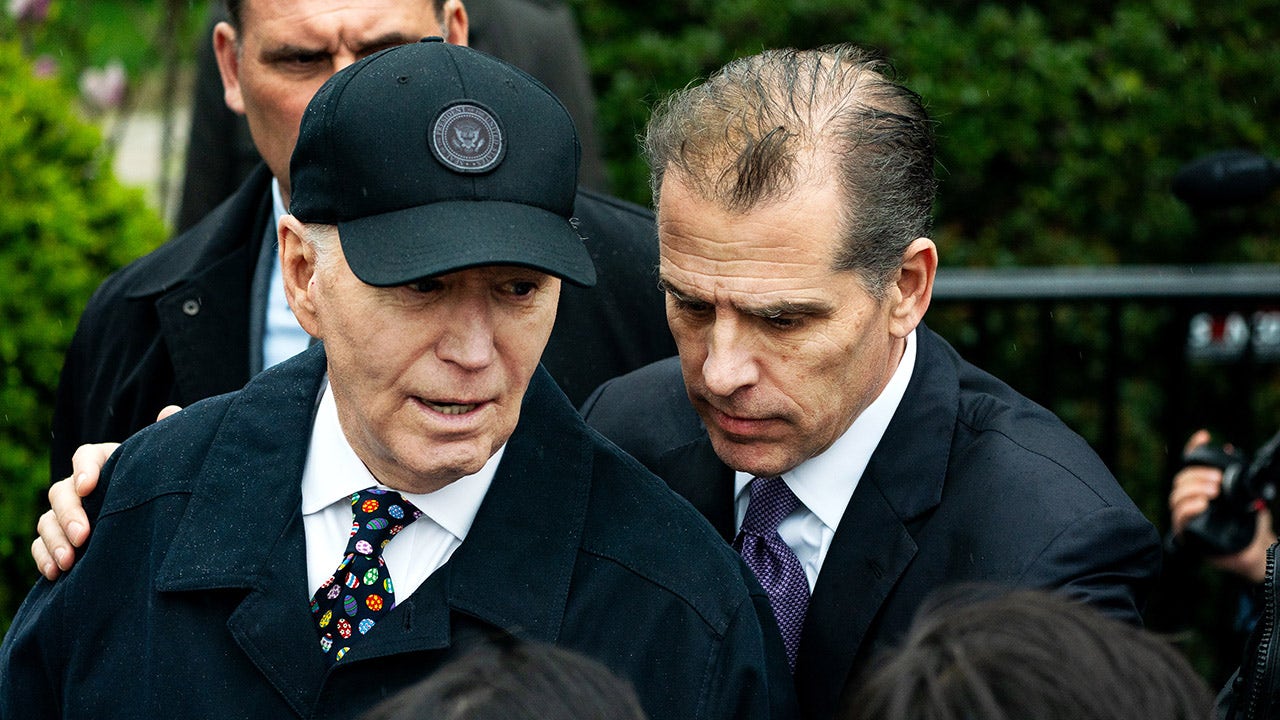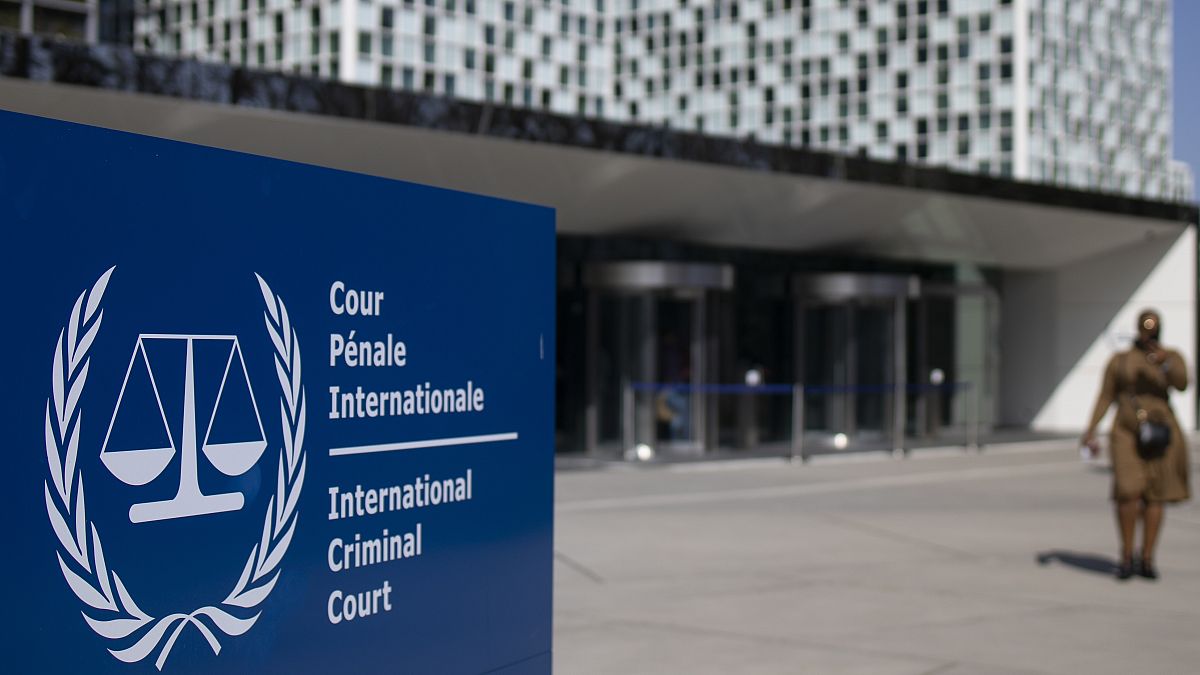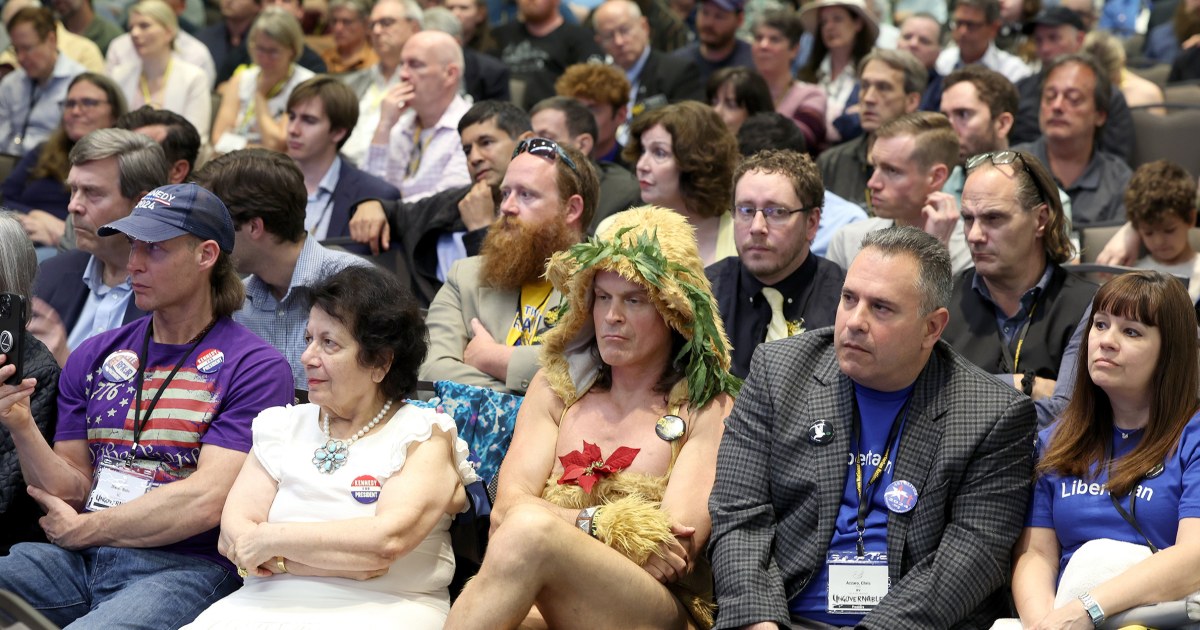Alaska’s most powerful elected officials reacted with outrage last month when the Biden administration announced it was rejecting a state agency’s plan to build a new road across remote Northwest Alaska, to access an array of mining deposits.
Mining company officials and their political allies had touted the road, and the mines that could be built alongside it, as economic lifelines for the thinly populated region.
But talk to most local leaders and their fears are centered elsewhere — specifically, on a mine that’s already in existence: Red Dog, located 75 miles north of the regional hub town of Kotzebue.
The development produces roughly 5% of global zinc supplies. Nearly 1,000 people who are shareholders, or family of shareholders, in the local Indigenous-owned corporation, NANA, worked for the mine’s operator or for mining contractors last year.
Their earnings totaled about $63 million, and historically, the mine has generated more than one-fourth of the wage and salary payroll in the local borough, which has a population of 7,400.
Payments from Red Dog also account for 80% to 90% of the borough’s yearly revenue.
But Red Dog has an expiration date: Teck Resources, the Canadian company that operates the mine on land owned by NANA, says there’s only enough ore to keep its operations running until 2031.
For years, Teck has been studying new deposits about 10 miles from the existing development, which could sustain production for decades longer.
But it says it needs six more years of study to prove that the deposits are worth mining. And the company’s proposed federal permits to access the area have been delayed, prompting growing anxiety among local government and business leaders about the economic harm that could result from a gap in production.
The risk extends far beyond Northwest Alaska. A provision of the state’s landmark Native claims settlement legislation requires NANA to share much of its Red Dog revenue with other Indigenous-owned corporations spread across the state’s rural villages.
Many of those corporations subsidize community stores and fuel businesses — often the only ones in a village — with the money shared with them from Red Dog.
“Once it goes away, many doors are going to shut in Alaska,” said Nathan Hadley Jr., the Northwest Arctic Borough Assembly president. “It’s really going to affect the local residents, and also the whole state.”
For its boosters, Red Dog is a fulfillment of the promise of the Alaska Native Claims Settlement Act, or ANCSA, the 1971 federal legislation that established 12 regional Indigenous-owned corporations and allowed them to claim roughly 10% of the land in the state.
[Many see the Red Dog mine as an ANCSA success story. What happens when the ore runs out?]
NANA was one of those 12 regional corporations and claimed the area where Red Dog now operates, which had long been seen as promising for mineral extraction.
In 1982, the corporation signed a landmark mining development agreement with Teck that has since generated ample returns for both sides.
In exchange for access to the minerals in NANA’s lands, Teck shares its profits and preferentially hires NANA shareholders and their family members, and NANA also is a partner in the mine’s oversight.
:quality(70)/cloudfront-us-east-1.images.arcpublishing.com/adn/N6XSM3YLKNA6LKKRJ6CLFQZTIU.jpg)
Since mining started, NANA has received more than $1.2 billion in royalties from Red Dog and, based on requirements in the Native claims settlement act, has shared another $2 billion with other Indigenous-owned corporations.
In Kivalina, an Iñupiaq village of 420 people that’s the only settlement downstream of the mine, residents have long expressed discomfort with Red Dog’s presence and its treated wastewater discharged into the watershed — and they’ve challenged multiple aspects of the project in court.
But otherwise, the development enjoys broad regional support: NANA says 83% of shareholders support continued mining in the Red Dog area.
With what Teck says is seven years of ore remaining at the existing development, the company has long looked toward two new deposits where it could mine more ore, then transport it back to Teck’s existing processing infrastructure at the original site.
:quality(70)/cloudfront-us-east-1.images.arcpublishing.com/adn/4SP7EIOQO5CUNOXKYC7JIXVXAM.jpg)
The company has already used helicoptered-in rigs to drill dozens of holes in the tundra to test the prospects, known as Aktigiruq and Anarraaq. But Teck still says it needs to tunnel underground to develop a clearer picture of the area’s potential.
And in order to get the necessary heavy equipment to the sites, the company needs environmental approvals to build a 13-mile access road — namely, a Clean Water Act permit from the U.S. Army Corps of Engineers that would allow Teck to discharge dredged material into wetlands.
Teck first applied for that permit — to cover plans including five gravel roads, six pads, four material sites, five bridges and 55 culverts — in 2018, a Corps spokesman, John Budnik, said in an email. The application was withdrawn a year later because of missing information from Teck that the Corps said it needed to complete cultural studies, Budnik added.
The application was resubmitted in 2022, according to Budnik, and is still pending.
“What we know for sure is that every year of delay, from this point forward, we’re going to see a risk of that equivalent delay impacting us at the end of our current mine life — before we can get new production,” Les Yesnik, Teck’s general manager for Red Dog, said in an interview in April. “The most important piece, right now, to prevent delays at the tail end of the project is to have approval for that road.”
Budnik said the Corps is in the middle of government-to-government discussions with Kivalina’s tribal council to assess whether the permit area is a “traditional cultural landscape.” If that decision is made, it could require additional efforts to limit the environmental impacts of the expansion project, he said.
The Kivalina council — the village’s tribal government — wants environmental protections for caribou that migrate through the area, said President Enoch Adams.
“Our efforts are not to shut the project down,” Adams said in a phone interview. “Our efforts are to protect our subsistence way of life.”
:quality(70)/cloudfront-us-east-1.images.arcpublishing.com/adn/6KF3OMPBIBCRBEYLGHHXR7HMZA.jpg)
As it waits for approval of its road proposal, Teck also recently applied for another Clean Water Act permit — this one to allow it to build new roads and pads near one of its existing pits to examine expansion there.
Yesnik declined to comment specifically on those exploratory efforts, but a NANA official described the potential new deposits there as limited in size.
Local officials are already preparing for a steep decline in mine-related revenue. Tax-like payments made to the Northwest Arctic Borough under a negotiated agreement with Teck are tied to the value of the company’s assets at the mine, which are expected to depreciate sharply in the next few years — without offsetting new investment.
Those tax-like payments account for 80% of the revenue in the borough’s budget for the current fiscal year, and “80% of those revenues will likely be gone by 2030,” a Northwest Arctic Borough economic consultant, Jonathan King, wrote in a report last year.
“Now is the time for the Northwest Arctic Borough to be vigorously pursuing a sustainable budget including saving as much revenue as possible, resizing services to meet future revenues, and discussing the local taxes and revenues that will be needed to support a sustainable budget even before a mine shutdown or suspension,” King wrote.
Borough leaders have been considering potential budget cuts that range from reduced donations to local events, eliminating medical coverage for Assembly members and diminished subsidies for water and sewer service, the Arctic Sounder reported this month. NANA leaders are also warning of the risk of further delays to the expansion project.
“The longer it takes for us to do that next stage of exploration, the longer the potential gap is in production. And that gap in production has implications,” said Liz Qaulluq Cravalho, NANA’s vice president of lands. “We, like the rest of the region, are concerned about what it means for jobs, what it means for borough funding and school funding.”
Even if the Red Dog expansion moves forward, the financial benefits to NANA and to the borough will look different because the Aktigiruq and Anarraaq prospects are on land owned by the state, not by NANA.
But the project would still rely on much of its original infrastructure, like milling equipment on NANA property and a state-owned road to Red Dog’s mineral shipping port on the Chukchi Sea coast, according to Yesnik, the Red Dog manager.
“That would enable the benefits to continue to this region, for sure,” he said.
Nathaniel Herz is an Anchorage-based reporter. Subscribe to his newsletter, Northern Journal, at natherz.substack.com. Reach him at natherz@gmail.com.

/cloudfront-us-east-1.images.arcpublishing.com/gray/XBOQD5J5BRATBJUVZJEJP2UEXA.PNG)







:quality(70)/cloudfront-us-east-1.images.arcpublishing.com/adn/GYDW3DNRDFDCXDR2LK7U4P5B6I.jpg)






















